For Caroline Wright, creativity knows no bounds. The Austin, TX-based artist weaves together color, sound, and movement in her work, taking a multidisciplinary approach to painting that results in wonderfully expressive abstractions. We’re excited to feature a selection of her beautifully framed prints (you can check out the new arrivals and best-sellers here). For a glimpse into her studio, her routine, and her creative process, read on.
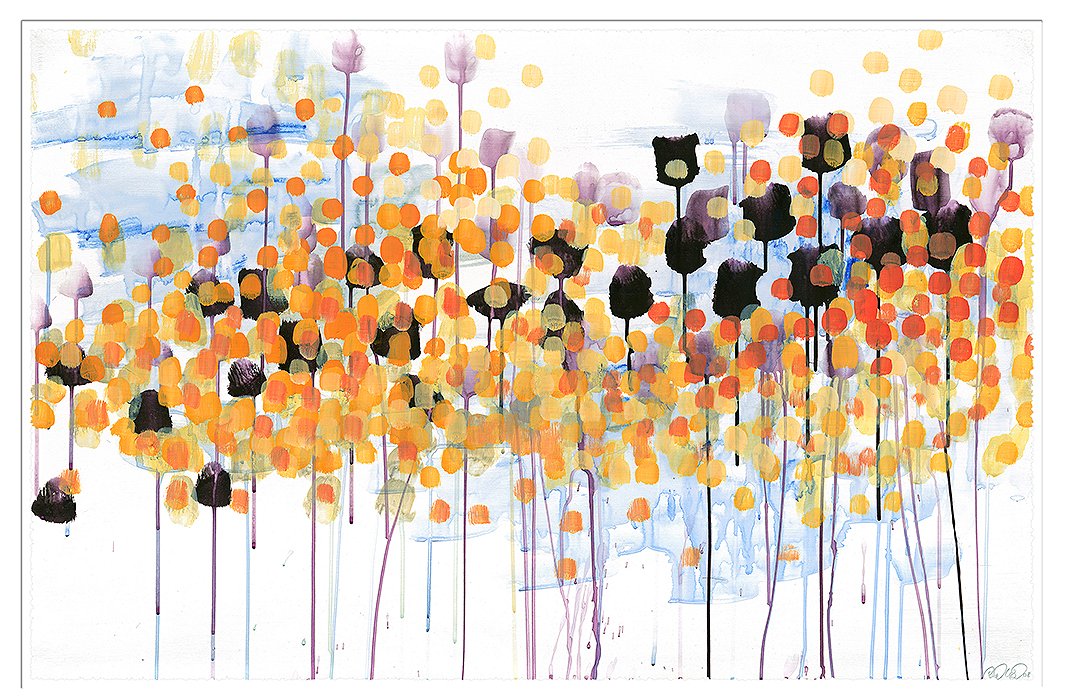
Migration No. 9 by Caroline Wright.
One Kings Lane: How would you describe your style?
Caroline Wright: Lately I’ve been painting flowers in all stages of bloom and decay. I look at nature and see how matter-of-fact it is about life and death. There is no ugliness, because there is no resistance. As a person, I am attached to beauty, but I try to paint the dark and painful parts too. The beauty is enriched by the strange, dark, awkward, and messy.
I’m also curious about paintings as objects. On a computer screen, there is only image, but in real life there is this thick object with life. Layers of paint, brushstrokes, grit, and paper or canvas texture build on the surface so that eventually the painting is both an image and an object. The support and the framing matters. I like thinking about the life of a painting.
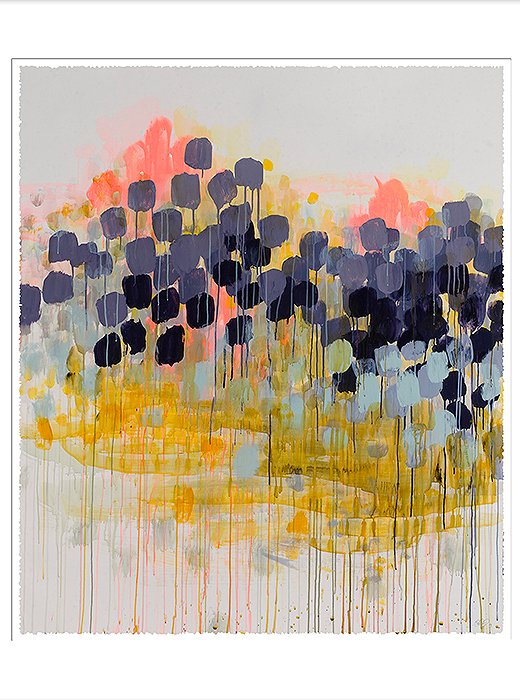
August’s Humid Decline by Caroline Wright.
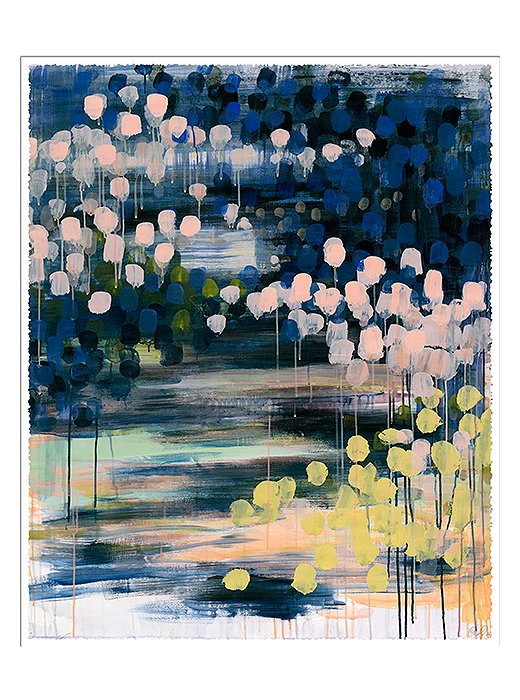
Night Lights by Caroline Wright.
OKL: How does your painting process intersect with music and dance?
CW: I just finished a dance workshop with a pioneer in the field, Deborah Hay. Her work shapes my studio practice in broad, generative ways. She is in her 80s, and part of her practice is asking questions that keep you awake to new possibilities while working in a form that is increasingly familiar. We thought a lot about space as something that is never occupied in quite the same way. It’s interesting to think of a painting as a dance.
Before I start painting each day, I move my body to get into a more fluid state, out of my head. Then painting is an extension of the dance. When I paint this way, every stroke is naturally brave. If I feel myself begin to stiffen up into fear and judgment, I step away from the canvas and get back into my body. My inner critic is a very dominant presence, and I have to trick myself to kick her out of the room long enough to enjoy myself and get to work.
Music is a great tool for fluidity, though I don’t always use it.
OKL: What first inspired you to bring these art forms together?
CW: I have played cello since I was three, so music is as inherent to me as drawing. Music gives me a very clear sense of a space I want to portray. When I am moved by hearing live music or watching dance, my natural instinct is to paint what I feel. The sensation of being moved comes to me as a visual field.
When I was a yoga teacher, one of my students was a ballet dancer. She wanted to choreograph a dance based on a painting—Migration No. 9, in fact!—and I then decided to make new paintings that could be projected as I painted them onto the stage with the dance. This experience deeply entwined music, painting, and dance in a way I’ve continued to explore.

As a person, I am attached to beauty, but I try to paint the dark and painful parts too. The beauty is enriched by the strange, dark, awkward, and messy.
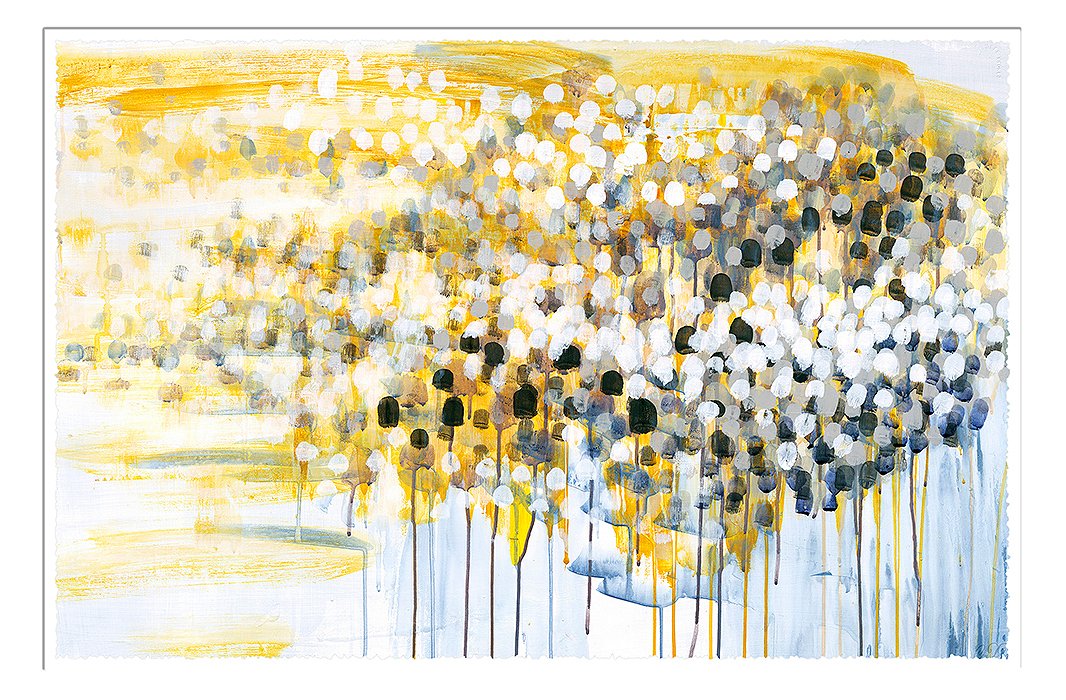
Migration No. 4 by Caroline Wright.
OKL: What is your studio like?
CW: I love my studio! When I was a renter, I changed studios every year or two, but after buying my house in 2013 I was able to build out the garage in the backyard. I vaulted the ceiling and installed six French doors from the 1920s along the north wall. They have these beautiful, asymmetrical panes of glass, and the old panes have ripples in them. My backyard is wooded and backs up to an elementary-school playground, so the soundtrack to my studio is children at play. Sometimes it sounds like Lord of the Flies. I love it.
OKL: What’s your ideal working environment?
CW: I actually love to work in the rain. I can hear it on the metal roof, and when it’s raining, the mosquitoes and the children aren’t out. I can open the doors and windows and listen to the rain and feel alone. I prefer to work with natural light, so a nice clear day is great too. Music depends on my mood and what I’m working on. Sometimes I’ll listen to one song on repeat for days at a time, because it’s creating the space I want to paint. Or I’ll listen to the cheesiest ’90s music and sing at the top of my lungs.
OKL: Where do you turn for inspiration?
CW: Nature and reading. Nature is my guide to beauty and antidote to the overbuilt world. Written language hands me perfect rocks to work with—most often artists’ writings, essays, or poetry. When writing reflects to me a truth, I feel seen. It gives me permission, which springs a natural excitement to work.
OKL: Do you have a go-to cure for artist’s block?
CW: I don’t get artist’s block. I always have more ideas than time. Because I am also managing my career, I treasure my time in the studio. Sometimes I hate everything I’m making—then I might go for a swim or a hike to refresh. I’ll take down everything I can’t stand and start painting small ink sketches of trees in the yard. I make it very simple, so that I can enjoy the act of painting and seeing again.
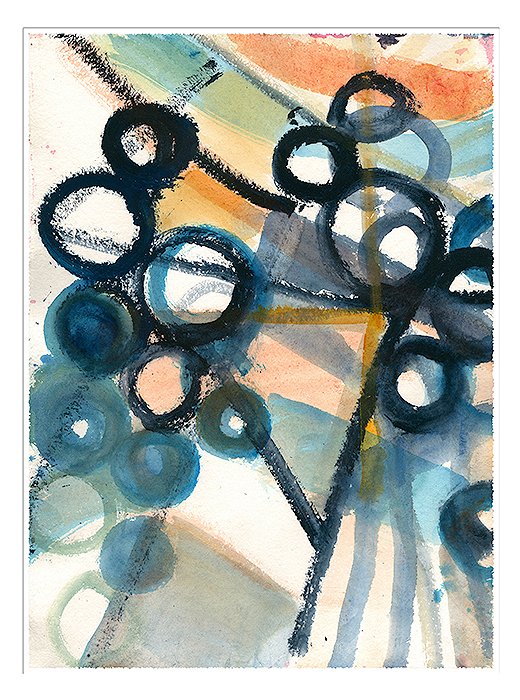
Cassiopeia by Caroline Wright.
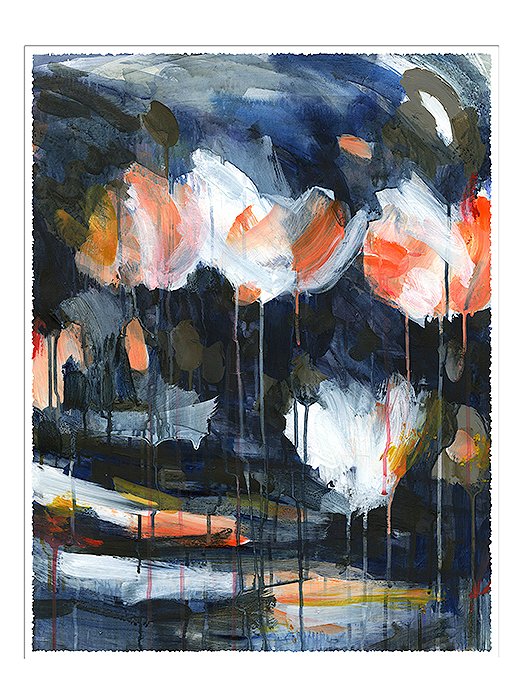
Mud Peonies II by Caroline Wright.
OKL: What do you find inspiring about living in Austin?
CW: The closeness of the outdoors. I love that my property is covered in trees, and the neighborhood has beautiful old-growth pecans shading the street. In Austin, we have natural springs and limestone cliffs and wildflowers. Other cities are more culturally inspiring, and I make a point of visiting to inject new ideas. But Austin provides me with time and space to work, and ample sunshine so I don’t get depressed!
OKL: What’s your favorite travel destination?
CW: Nearby, it’s Big Bend National Park, in far-west Texas. It’s an eight-hour drive from here, which is close for Texas. On the way out, the sky opens up and my mind relaxes. I really do think better with more space. I also love the sea, and I love Italy and France. But there’s so much world to see, I’m eager to keep exploring!
OKL: After college you moved to Paris to participate in an artists’ collective. Was it a big learning experience?
CW: In France, I learned humility and how to get things done from the underbrush. Find a loophole, be friendly, and allow myself to be the brunt of the joke if it endears me to others. I was really terrified to paint—I didn’t know how to make my mark. But I learned that life itself is art, and that courage and imagination can build a lot. My idea of self was unfixed, so I was free to reinvent.
OKL: You eventually decided to pursue an MFA with the School of the Art Institute of Chicago. What was the most meaningful takeaway from that program?
CW: That my perspective is only a sliver of what’s possible or actual. Every time I expressed an opinion, I was shown how conditioned it was. I could take five steps back and see much more.
OKL: When did you decide to start painting full-time?
CW: When I was in France after college, I discovered that I had the nature for it. I like to work alone all day on my own made-up problems and then to connect with others where they feed into a shared experience. From there, it was just a matter of economics: If folks want to buy what I want to paint, I’m in business! By 2010, I was ready to make the leap to full-time, and I’ve never looked back.
OKL: Do you have a favorite of the pieces featured on One Kings Lane?
CW: I love the ones that felt like a discovery. August’s Humid Decline, the Migration series, Mud & Peonies… but Cassiopeia is perhaps my favorite of this set. It reflects the windows in my studio and a sense of space I hadn’t explored before. The colors feel like tinted glass, and there is a luminosity despite the soft, cottony texture of the handmade watercolor paper.

Music gives me a very clear sense of a space I want to portray. When I am moved by hearing live music or watching dance, my natural instinct is to paint what I feel.

Artist Caroline Wright in her Austin home studio.
OKL: Are there any upcoming projects that you’re excited about?
CW: This coming weekend is the second weekend of the annual West Austin Studio Tour. After showing my work in fairs and exhibitions around the country and in Canada, it’s a treat to share it with my community. Many of the same people visit each year, so I can really feel how this community sustains me. I also love talking to kids and letting them see that it is possible to be an artist as a job!
Beyond that, I’m eager to drum up some new collaborations with musicians and dancers. I’d like to publish a book of drawings and poems. I’m in a generative phase, with a lot of new ideas I haven’t had a chance to explore. I’m looking forward to diving into them this summer!
OKL: What do you hope viewers take away from your work?
CW: I hope that the work is as personal to the viewer as it was to me making it. The art I love sees me, speaks to me, invites me in. When my work does that for someone, it’s alive.
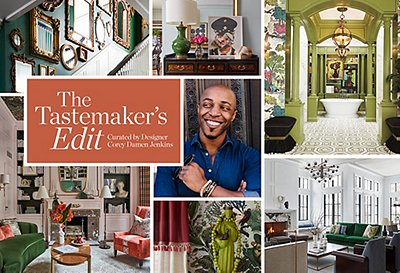
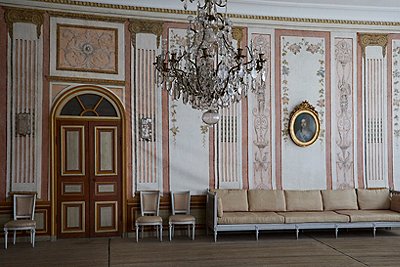
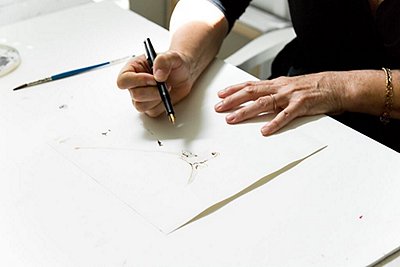


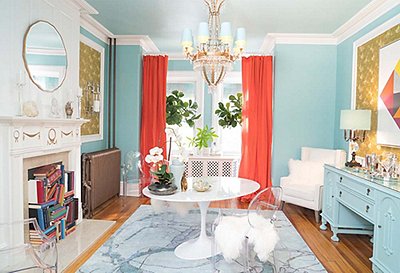
Join the Discussion